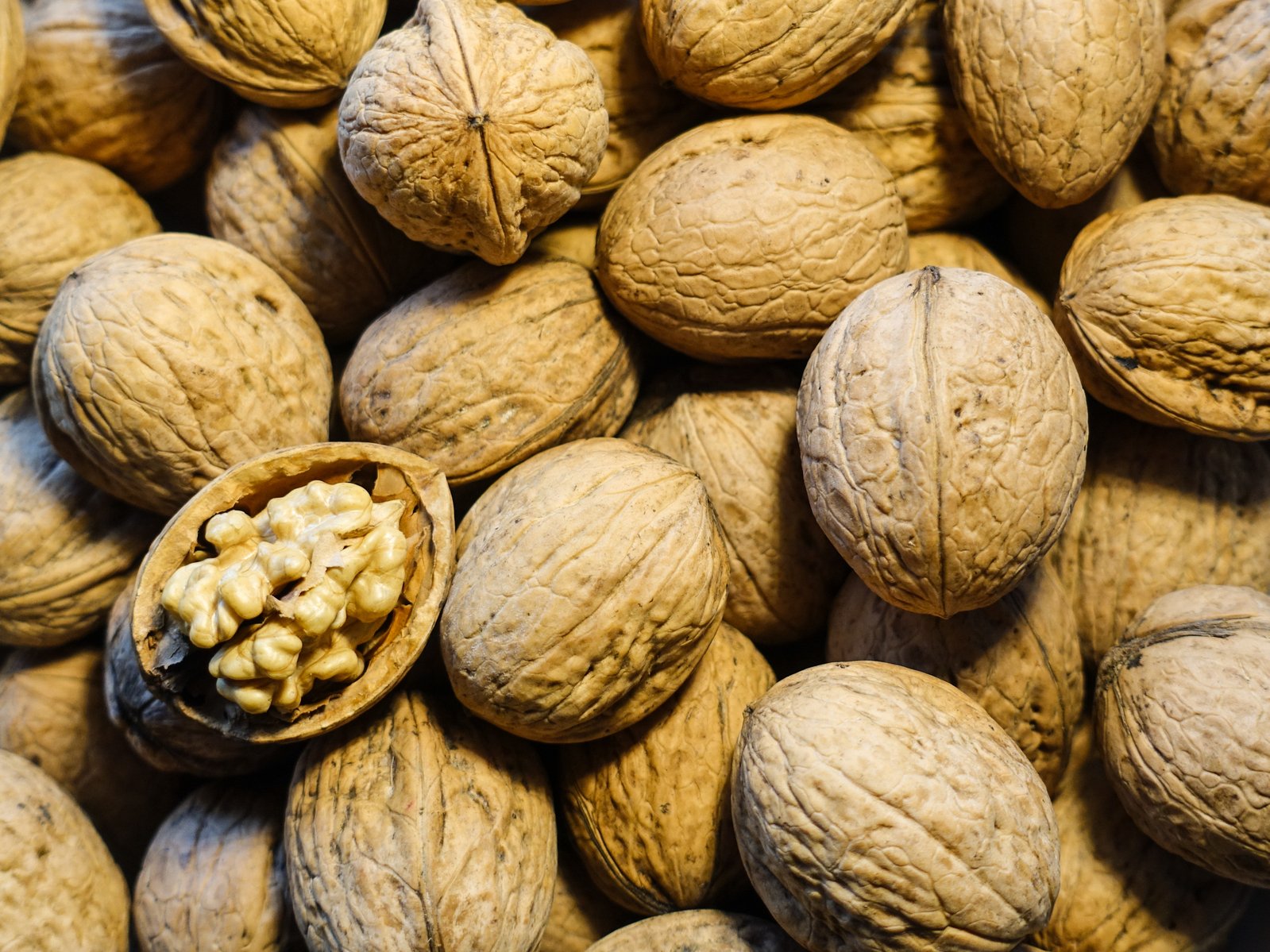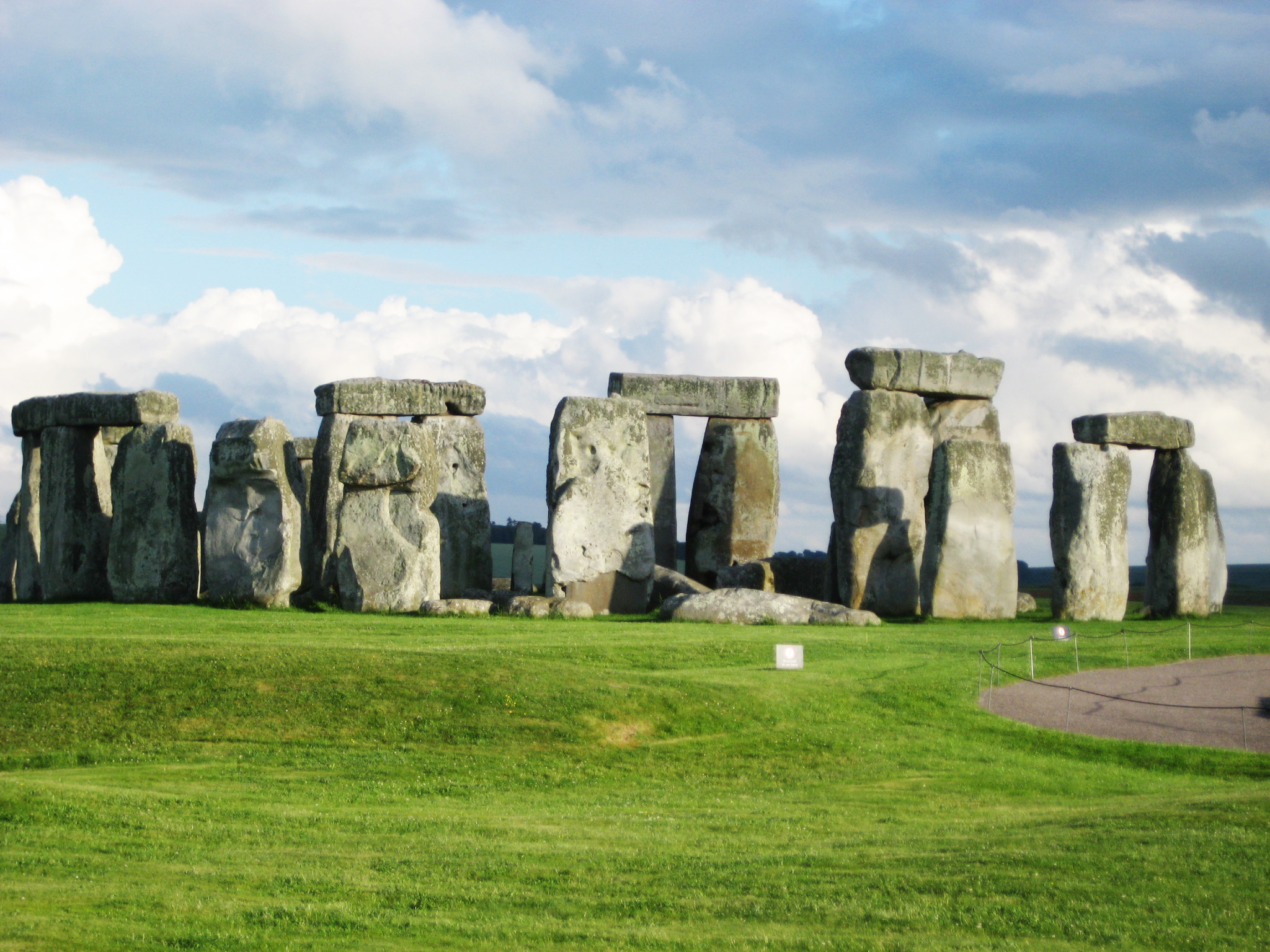Imaging extends into many realms and we are not restricted to using visible light to create images. Electron Microscopy uses electrons, Atomic Force Microscopy uses touch to create topography-like images, and thermography uses infrared radiation.
Thermal imaging is a well-known technology. Correctly known as thermography – even people who have never used it have a general idea of what it is and how it works. Thermal imaging shows up in movies and TV frequently, usually in action movies, and if you have ever seen Predator, you will know it well.
But how does it actually work? How does the heat signal from your body make an image and what can we use it for?
Briefly: what is infrared radiation?
Infrared radiation is a form of light that is outside of our visual spectrum. On the light spectrum it comes just after visible red light. The wavelength of infrared goes from 700nm (as it just leaves the visible spectrum) up to 1mm. Infrared light can be divided into near, mid and far infrared – depending on its wavelength. Infrared radiation is heating. While we cannot see infrared light, we can feel it as warmth. This is why standing in sunlight feels warm.
What is it thermography?
Thermography is an imaging technique that uses infrared radiation to measure heat. It produces an image called a thermogram. In a thermographic image, the different temperatures are shown either as different colours or as variation in grayscale levels. Thermography not only shows heat, but also the distribution of heat across an object. Hotter areas appear brighter and cooler areas appear darker. Using a thermographic camera is an excellent way of spotting heat.
How does it work?
We can image infrared radiation by either detecting the infrared photons or heat they generate. For thermography, we use the photons. Detectors that sense photons are more sensitive than detectors that sense heat. Photon signals are also faster, allowing the images to be viewed in real time. Infrared detectors are small hand-held devices, which makes them physically easy to use. They can also be mounted onto sights, scopes, or even helicopters.
All objects with a temperature over absolute zero (−273.15°C) emit infrared radiation. The higher the objects temperature, the more infrared radiation that is given off. The different levels of radiation are detected and converted into an image.
Thermographic images can either be in greyscale or in false colour. The greyscale images show figures and objects in varying shades of light grey to white. The white areas being the warmest and the cooler areas being darker grey. The false colour images are probably the more well-known version. Colour scales that use blue to show cooler areas, moving into purple and then yellow and red for the warmer regions.
What are the advantages of using thermography?
Thermography can scan large areas quickly. It images in real time, meaning that the sample being imaged can be moving or imaged in action. The camera does not need to be close to the sample either, so imaging can be done from a distance. This is of particular use in engineering inspection. The system can image in all light conditions, so it functions equally well at night time as it does during the say.
What are the applications of thermography?
Surveillance
Thermography has been used for the military and emergency services for decades. Being able to spot people in poor weather conditions or in the dark has proven invaluable in saving lives. Firefighters use thermography to see through smoke and also to judge where the fire is most intense, helping them find the safest route and also where they need to focus their fire-fighting efforts. Search and rescue teams can spot victims from a distance. Once there is a temperature difference between the person and surrounding environment, the victim lights up like a Christmas tree, even in the pitch darkness.

Medicine
Medicine has also adopted thermography for diagnostics. Parents will be familiar with infrared thermometers which can read a child’s temperature without having to disturb or wake the child. The handheld device is simply aimed at the child’s skin and the temperature is measured. Thermal physiology is the study of heat within the body. Very active parts of the body, such as the heart and the brain, are warmer than other parts. Thermography can be used to investigate many activities in the body incuding investigating circulation, emotional state (below), muscle damage, and detecting infection or people with viruses.
There is a nice article on how thermography is being use to detect different medical conditions here.

Engineering
In engineering, thermography can be used to investigate overheating and heat-stress in materials or machine parts. Deteriorating electrical equipment, for example, is known to heat up. This imaging technique is also commonly used to look for heat leaking from buildings or pipework. Hot-spots will show where there is friction between moving parts.

As thermographic imaging can be done from a distance, this makes it a safe tool for inspection.The technology is now well established and detection units can be bought for less than £1000. If you would like to try making your own thermographic camera then have a look here.



